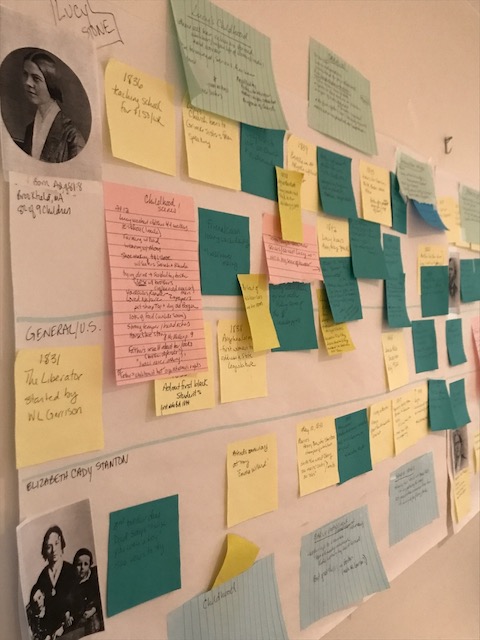
When I think about the process of writing a novel, I’m reminded of Michael Angelo’s famous description of sculpting—that the figure resides within the stone, and his job is to free it. Each novel (for me) starts with an unwieldy boulder of an idea: some kind of premise, theme, character, time or place, and before I can turn it into a viable book, I must discover the story. To do this, I work to answer three key questions: what is the main conflict, who are the key characters critical to the conflict (not their names, but who they are as people, how they think and how they change), and what are the defining moments/scenes/turning points around which the drama revolves? That’s the story.
Biographical fiction presents its own unique challenge. Much like writing a memoir, when sorting through the particulars of an entire life, the trick is to find the small and large moments that, when strung together, create compelling drama. For Leaving Coy’s Hill, I started by learning as much about Lucy Stone’s life as possible, and to make sense of it, laid out the expanse of it visually. The different colors represent various angles on the material: basic facts, key life events, possible scenes, and important themes. After many an hour staring at this wall, the shape of the story emerged, a truly immersive tale of one woman’s quest to live a life of consequence and live it by her own rules. I can’t wait to share it with all of you!
